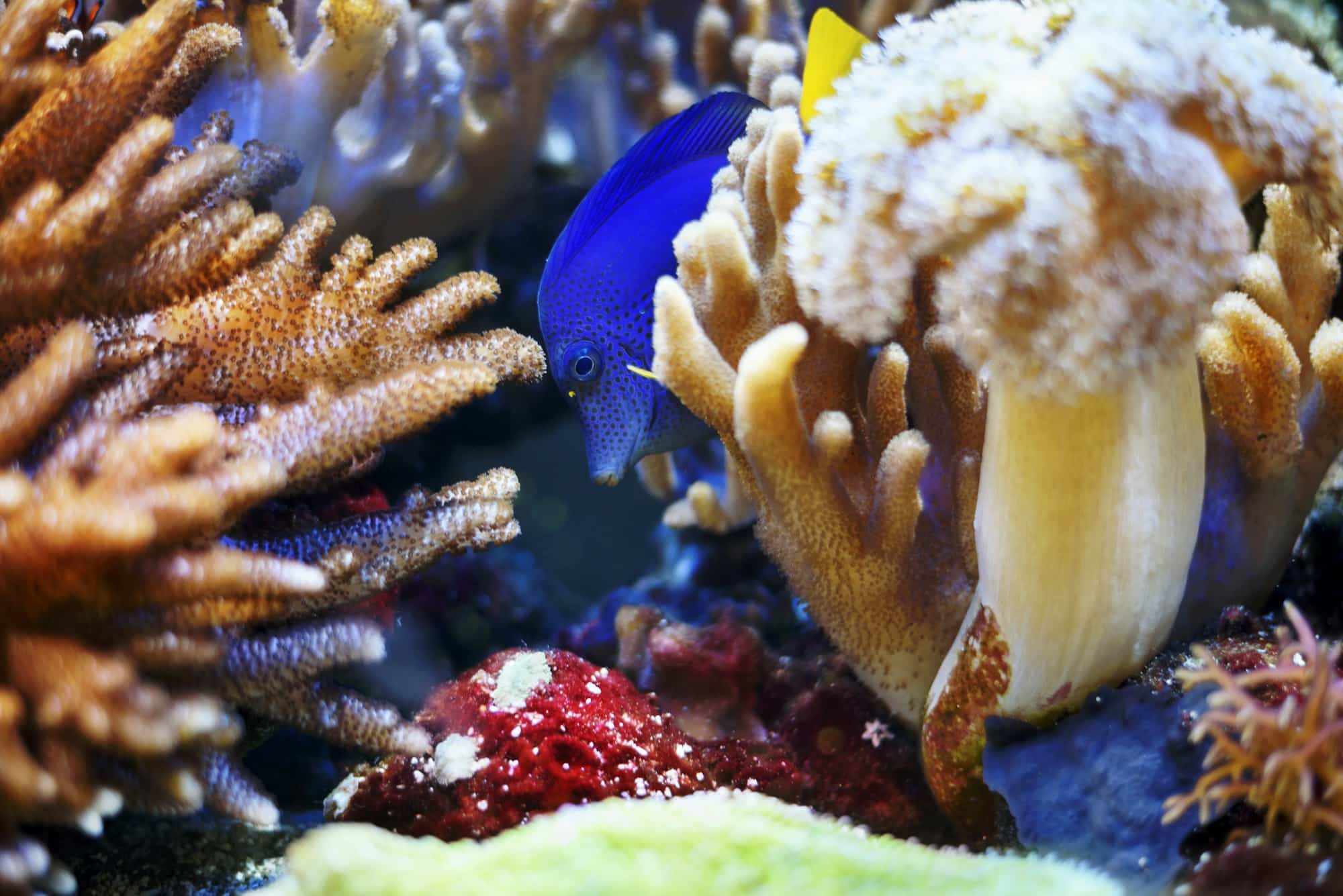How to Plan a Self-Cleaning Fish Tank Setup as Part of Home Decor?

A fish tank or an aquarium in your home can be a source of tranquility and a unique piece of decor. However, maintaining a fish tank can be a daunting task. It requires regular cleaning to ensure the health of the fish and other aquatic plants. But, what if the tank could clean itself? A self-cleaning fish tank sounds like a dream, right? Well, it is possible with the right setup and planning. This article aims to guide you on how to plan a self-cleaning fish tank setup which can also serve as an attractive part of your home decor.
Choosing the Right Fish Tank
The first step in planning a self-cleaning fish tank setup lies in the selection of the tank. Choosing the right fish tank is crucial as it will directly affect the health and wellbeing of your fish.
Sujet a lire : What’s the Most Efficient Use of Corner Spaces in a Tiny Kitchen?
When you opt for a self-cleaning tank, be sure to look for an aquarium with a built-in filtration system. This system typically includes a filter and a pump that help remove waste products and circulate clean water throughout the tank.
Consider the size of the tank as well. A larger tank, although it may require a larger space and investment initially, will be more stable in the long run, reducing the need for frequent water changes.
A voir aussi : How to Design a Smart Home Security System for a Large Property?
Including the Essential Equipment
A self-cleaning fish tank setup requires certain essential equipment. Including these in your setup will ensure the wellbeing of your fish and also enhance the visual appeal of the tank.
A heater is vital to maintain the temperature of the water. Most tropical fish require a stable water temperature, which is achieved with a good quality aquarium heater.
The tank also needs a lighting system. Light not only allows you to view your fish and the tank interior clearly but also helps the growth of live plants within the tank.
Another crucial aspect of a self-cleaning tank is a good quality filter. A filter helps in removing the waste produced by the fish and also aids in the oxygenation of the water.
Adding Live Plants
Including live plants in your aquarium setup plays a critical role in maintaining a self-cleaning environment. Live plants absorb the waste produced by fish, convert carbon dioxide into oxygen, and help maintain a balanced ecosystem within the tank.
Certain types of aquarium plants, like Java Fern and Anubias, are easy to care for and are effective in absorbing waste. They also add aesthetic appeal to the tank.
Remember to place your plants well to provide hiding spots for your fish and to create an attractive display. Also, ensure that your tank has the right light conditions for the plants to thrive.
Choosing the Right Fish
The selection of fish for your tank is equally important. Certain species of fish are better suited for a self-cleaning setup.
Choose fish that are hardy and adaptable, like Guppies and Tetras, which are known to adapt well to changing water conditions. Also consider bottom-dwellers like Corydoras or Catfish, which feed on excess food and algae, helping to keep the tank clean.
Regular Maintenance and Observation
Even though a self-cleaning fish tank significantly reduces the need for regular cleaning, it doesn’t eliminate the need for maintenance and observation.
Regularly check the equipment, such as the filter, heater, and lights, to ensure they are functioning properly. Monitor the water temperature and quality frequently. It’s also important to observe your fish regularly for any signs of sickness or stress.
While the self-cleaning fish tank can greatly cut down your maintenance work, remember that it’s not entirely maintenance-free.
Remember, planning a self-cleaning fish tank setup requires a bit of effort and research. But once set up properly, it can be an incredibly rewarding and relaxing part of your home decor. It’s an investment that pays off in terms of beauty, relaxation, and the joy of watching a thriving underwater ecosystem right in your home.
Incorporating a Self-Cleaning Mechanism
Incorporating a self-cleaning mechanism into the fish tank setup is a vital step in ensuring the tank remains clean with minimal effort. There are different types of self-cleaning tanks available, including gravity-based systems and aquaponics.
Gravity-based systems, or no-clean aquariums, work by siphoning off waste particles from the bottom of the tank. Fish waste and uneaten food particles sink to the bottom, gathering in a separate area. By pouring clean water into the tank, the dirty water is forced out through a siphoning tube. Neither you nor your aquatic pets are disturbed during this process, maintaining a peaceful environment in the tank.
Aquaponics, on the other hand, is an ecosystem method that employs live plants and fish in a symbiotic relationship. The fish produces waste that the plants utilize as fertilizer, and in return, the plants filter the water, maintaining a healthy environment in the tank. This method requires you to carefully choose fish and plants that will thrive together.
Regardless of the self-cleaning mechanism you choose, ensure it’s compatible with the size of your tank and the type of fish you plan to keep. A well-planned self-cleaning mechanism will not only maintain a clean and healthy tank but will also enhance the aesthetic appeal of the setup.
Conclusion: Enjoying Your Self-Cleaning Fish Tank
Planning and setting up a self-cleaning fish tank may sound like a daunting task, but with proper planning and the right equipment, it can be an enjoyable task. One of the key benefits of a self-cleaning tank is the reduced maintenance effort. However, it’s essential to remember that ‘self-cleaning’ doesn’t mean ‘no maintenance’. Regular checks on the functionality of the setup and the health of your fish are vital.
Ultimately, a self-cleaning fish tank serves as not just a home for your fish, but also as a beautiful piece of home decor that adds life and tranquility to your space. With minimal effort, you’ll have a thriving aquatic ecosystem that will captivate your attention and soothe your mind. The joy of maintaining a fish tank goes beyond merely keeping fish – it’s about nurturing an ecosystem and enjoying the serene beauty it brings to your home.
Remember, a self-cleaning fish tank setup is an investment of time and energy initially, but the returns of beauty, relaxation, and a healthy environment for your fish are worth the effort.
